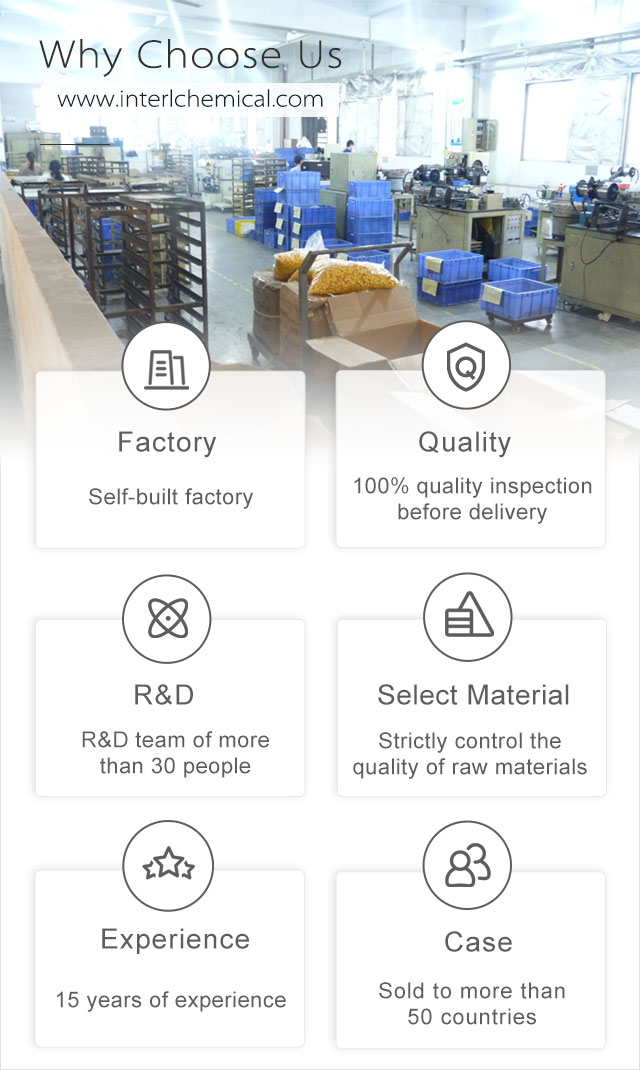





Related Attributes
Product details
Biphenyl Raw Materials, also known as phenylbenzene and biphenyl, is a compound formed by connecting two phenyl groups. Biphenyl Powder is white or colorless to yellowish flaky crystals, and the industrial product is yellowish, with special fragrance. Melting point 69.2℃, boiling point 255.2℃. Insoluble in water, but soluble in organic solvents.
Biphenyl Powder is often used as a precursor for organic synthesis and is one of the main components of organic high temperature heat carriers. Derivatives include benzidine, diphenyl ether, octabromodiphenyl ether, polychlorinated biphenyls and so on. Natural Biphenyl Powder exists in coal tar, crude oil and natural gas, and its mass fraction in coal tar is 0.20%-0.40%. Currently, the preparation methods of Biphenyl CAS 92-52-4 include coal tar extraction method and chemical synthesis method.

The chemical bond in the middle of Biphenyl CAS 92-52-4 can rotate freely, but if there are bulky groups in the four neighboring positions, the rotation is blocked, and a blocked rotation isomer will be produced. Compounds of this type (e.g. BINAP) can be used as chiral ligands. Substituted biphenyls can be produced by coupling reactions such as the Suzuki reaction and the Ullmann reaction.
Biphenyl CAS 92-52-4 is an important organic raw material, widely used in the fields of medicine, pesticides, dyes and liquid crystal materials. It can be used to synthesize plasticizers, preservatives, Biphenyl CAS 92-52-4 can also be used in the manufacture of fuels, engineering plastics and high-energy fuels.
Applications / Functions of Biphenyl Powder
Biphenyl CAS 92-52-4 is the raw material of engineering plastics polysulfone, used in the production of trichlorobiphenyl, pentachlorobiphenyl, used as a heat carrier, preservative, etc. Biphenyl Powder is also the intermediate of rodenticide Rodentic and Bromocarbamol, and is an organic carrier with good performance.
Biphenyl Powder has high thermal stability and low vapor pressure, and has long been used as a heat carrier alone or mixed with diphenyl ether. Santoprene wax composed of biphenyl and terphenyl (containing 13% biphenyl and 61% terphenyl) can effectively absorb radiation and can be used as a heat carrier in nuclear power plants. Triple biphenyl ([91-94-4]) is a by-product of benzene pyrolysis to make biphenyl, and the ratio of biphenyl and triple biphenyl in the reaction product varies within a certain range according to different reaction conditions, generally, biphenyl: triple biphenyl = 7-8:1.

Biphenyl Raw Materials is also used as a dye carrier, and its derivatives ethyl biphenyl, diethyl biphenyl and triethyl biphenyl can be used as high-level solvents for dye solvents for pressure-sensitive copy paper. The biphenyl derivative, p-phenylphenol, is also mainly used in the manufacture of resins, as a microencapsulated material for color developers and color formers in the production of pressure-sensitive copy paper, and in the manufacture of specialty coatings.Biphenyl Raw Materials is used as an impregnating agent for citrus wrappers, and also as a treatment agent for certain diseases of citrus plants. Chlorinated Biphenyls are plasticizers for chlorinated rubber and vinyl polymers.
Physicochemical Property of Biphenyl Powder
Biphenyl Raw Materials White or slightly yellowish scaly crystals with a distinctive aroma. Insoluble in water, acid and alkali, soluble in alcohol, ether, benzene and other organic solvents.

production methodprocess of Biphenyl Powder
In high temperature coal tar, it contains about 3.0% biphenyl, which can be recovered from the oil washing fraction.In 1926, Dow Chemical Company and other companies in the United States began to use benzene to produce biphenyl by pyrolysis. Another source of biphenyl is a by-product of the thermal dealkylation of toluene to make benzene. With the development of the process, biphenyl, a by-product of this process, gradually became the main source of biphenyl. In the laboratory, aniline is diazotized and the resulting diazonium salt is added to benzene, and then this mixture is slowly added to a sodium hydroxide solution, the reaction is stirred, and the temperature is slowly raised from below 5°C to 30-35°C, and Biphenyl Raw Materials are produced after 8h of reaction.
It is prepared by thermal cracking and dehydrogenation of benzene as raw material. Biphenyl Powder is obtained by heating and distilling iodobenzene or bromobenzene with metallic sodium or copper.
Why choose us?

HRK Factory

About Shipping

Pharmaceutical Intermediate manufacturers
©2023 Xi'an Henrikang Biotech Co., Ltd.,